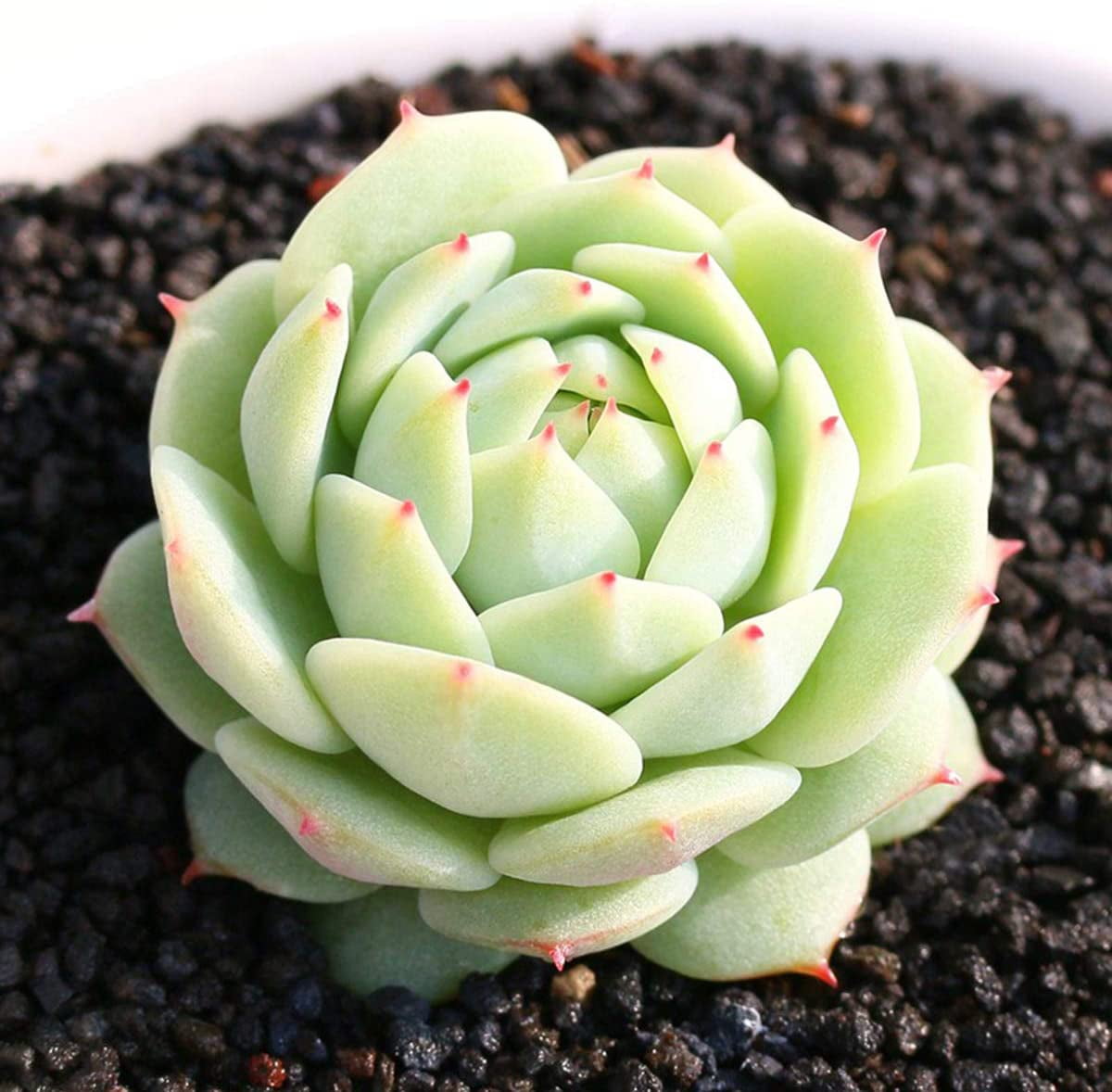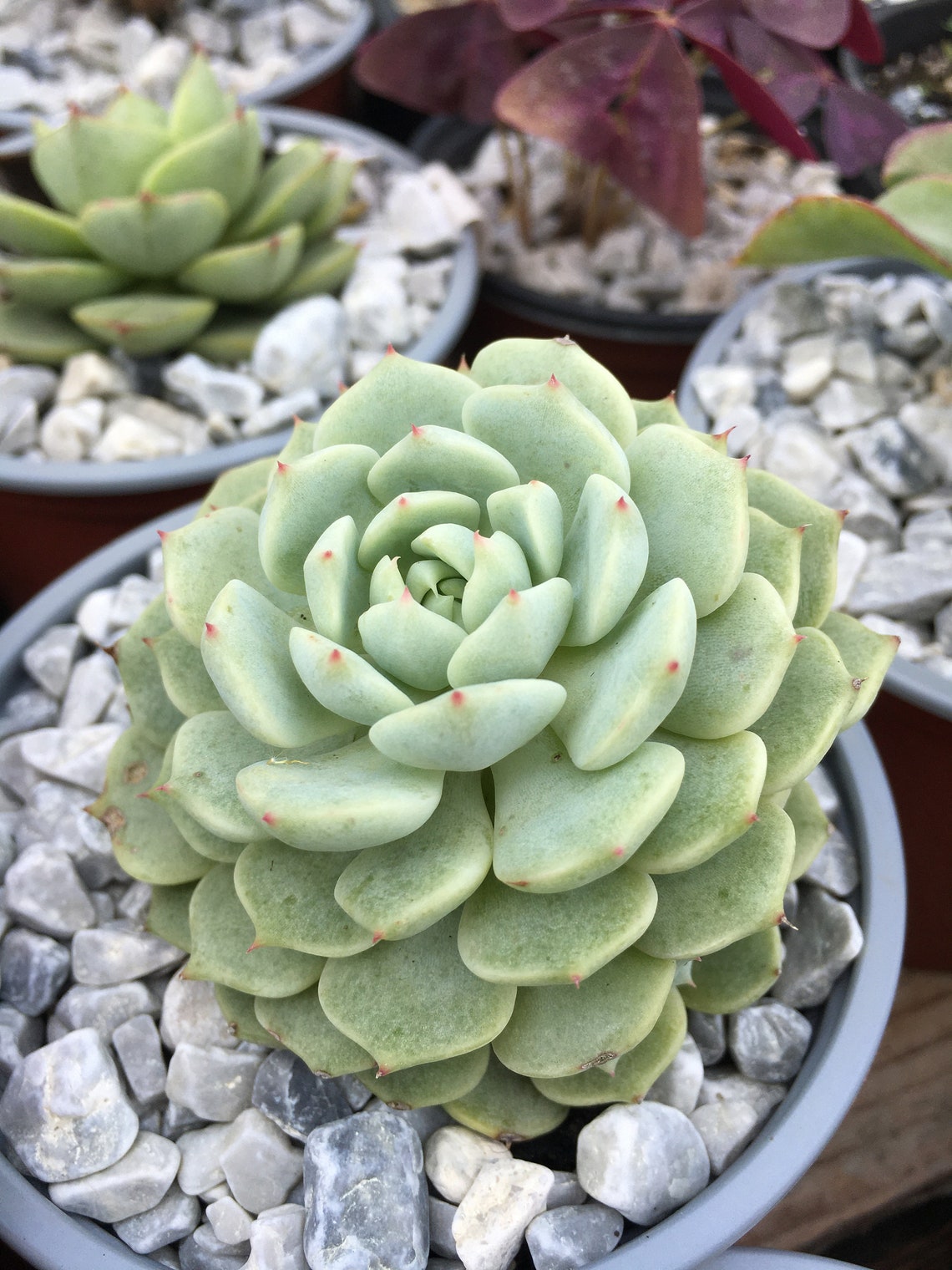Living Echeveria Succulents For Sale Under $2 Online Free Shipping – When someone buys a second-hand item, whether it’s a piece of furniture passed down through generations or a retro jacket from a bygone era, they are not just acquiring an object; they are connecting to a story, a memory, or a cultural moment. Beyond financial savings and environmental impact, second-hand goods also offer a sense of nostalgia and connection to the past. This can manifest in the context of career, relationships, or personal goals. This shift in mindset has contributed to a growing acceptance and even celebration of second-hand shopping, making it a mainstream activity that is not just about saving money but about making more thoughtful and responsible choices. For some, selling a business is a proactive decision to move on to new ventures, while for others, the sale might be the result of external factors, such as market downturns, changing consumer preferences, or regulatory shifts. By buying second-hand goods, consumers can feel good about supporting their communities and giving back to those in need. The artist who created it may have one understanding of its worth, while a collector may see it as a valuable investment, and a casual admirer might simply appreciate its beauty without considering its monetary value. These platforms have also made it easier for individuals to sell their own pre-owned goods, turning unused or unwanted items into cash. One of the primary reasons people turn to second-hand goods for sale is financial. In the end, the phrase “for sale” is about more than just the exchange of money for goods or services. For sale, it seems like a simple phrase, yet it carries with it an array of possibilities, emotions, and decisions that can shape someone’s life. Unlike starting a business from scratch, which requires time to build a reputation and establish market credibility, buying an existing business means stepping into an environment where some of the groundwork has already been done. The concept of a circular economy, where products are reused and repurposed instead of discarded, is central to the appeal of second-hand goods. They can assist in determining the right price for the business, marketing it to potential buyers, and managing the negotiation process. The possibilities are endless, and the result is often something more unique and personal than what could be bought new. Therapists offer their services for a fee, and online courses promise to give us the knowledge we need to succeed — all in exchange for money. Additionally, second-hand furniture allows buyers to find unique items that may not be available in traditional furniture stores. When a person decides to sell something, they might weigh the pros and cons, debating whether it’s the right time or whether it’s really necessary to part with what they’ve had for so long. Furniture is another category that lends itself well to the second-hand market. The democratization of commerce has opened up opportunities for millions of people, giving them the chance to pursue their dreams and create their own paths to success.

5CM Rare Succulent Live Plants Echeveria agavoides sirius Home Etsy
Deals of the dayfast shippingshop our huge selectionshop best sellers

Ghost Echeveria Succulent Live Starter Plant in a 4 Etsy
Deals of the dayfast shippingshop our huge selectionshop best sellers

Echeveria Burgundy Pearl for SaleSucculents for SaleSucculent Market
Deals of the dayfast shippingshop our huge selectionshop best sellers

Echeveria Plants for Sale Buy Succulents Online Echeveria for Sale
Deals of the dayfast shippingshop our huge selectionshop best sellers

Wholesale Nursery Echeveria Rain Drops Cluster Natural Live Plants
Deals of the dayfast shippingshop our huge selectionshop best sellers

Real Live Succulent Cactus Plant Echeveria secunda var. glauca
Deals of the dayfast shippingshop our huge selectionshop best sellers

Echeveria, Rosette Succulents for Terrarium, Fairy Garden The Next
Deals of the dayfast shippingshop our huge selectionshop best sellers

Live Succulent Plant, Echeveria derenbergii Hybrid, Mini Succulent
Deals of the dayfast shippingshop our huge selectionshop best sellers

Echeveria Derenbergii live succulent plant Etsy
Deals of the dayfast shippingshop our huge selectionshop best sellers

4 Echeveria Neon Breakers Succulent Live Succulent Etsy Succulents
Deals of the dayfast shippingshop our huge selectionshop best sellers
Online platforms such as eBay, Craigslist, and Facebook Marketplace have made it easier than ever for individuals to sell their unwanted items to a global audience. For example, an old wooden chair might be sanded down and refinished into a modern piece of furniture, or a vintage dress might be altered to fit a contemporary style. The desire for more, the constant pursuit of bigger profits and greater influence, can lead to exploitation. In this digital age, it often feels like there’s no such thing as privacy anymore, and that’s because we’ve essentially agreed to sell pieces of ourselves in exchange for recognition, affirmation, or even money. Once a suitable business has been identified, the buyer usually begins the due diligence process, which involves reviewing all relevant documents, financial records, and contracts. When you look at something marked as “for sale,” you’re not only seeing an item; you’re seeing the possibility of a change, whether it’s the beginning of a new ownership, the end of a relationship with an object, or simply the result of a decision to move forward. The closing process also involves transferring the business’s assets, such as inventory, property, intellectual property, and customer contracts, to the new owner. These platforms provide a convenient way for sellers to connect with potential buyers, set their prices, and arrange for shipping or pick-up. People place their belongings for sale for many reasons. Whether through their durability, aesthetic appeal, or the values they embody, these products go beyond simple transactions. The appeal of finding a hidden gem, something that has been cherished by someone else and is now available for a new owner, is a part of the allure of second-hand goods. Are there things that should be kept beyond the realm of trade? Or has the marketplace — with its insatiable demand and promise of exchange — seeped into every facet of our being?
If everything is for sale, then the concept of value itself becomes fluid, subjective, and often manipulated. This shift from a linear economy, where products are made, used, and disposed of, to a circular one, where products are continually reused and repurposed, is a step towards a more sustainable and environmentally friendly world. This is especially true in a world dominated by fast fashion, disposable electronics, and mass-produced products. In some cases, sellers may be willing to offer financing options, where they agree to receive payment over time, which can make the business more attractive to potential buyers. The same logic applies to tools, kitchen appliances, furniture, and even technology. The internet, for example, has created a space where anyone can buy or sell almost anything, from physical products to intangible services. The rise of minimalism and a desire for unique, vintage items has also played a role in the growing popularity of second-hand goods. This is particularly important in a world where design has become a central element in consumer decision-making. In a circular economy, items are kept in use for as long as possible, reducing the need for new resources and minimizing environmental harm.
Additionally, brick-and-mortar thrift stores and consignment shops provide a more traditional avenue for selling second-hand goods. Both buyers and sellers should approach transactions with honesty and transparency to ensure a smooth exchange. As society has evolved, the scale of production has expanded, and many quality goods are now mass-produced or distributed through large retail chains. The digital age has also transformed the way things are bought and sold. The idea of “everything for sale” challenges our understanding of what is sacred, what is essential, and what is truly priceless. For many, owning a quality product means owning a piece of history, a connection to something larger than themselves. These generations are more aware of the environmental impact of fast fashion, disposable goods, and the need to adopt more sustainable practices. Online platforms like Etsy, for example, have given artisans a global audience for their high-quality handmade goods. It carries the marks of life’s moments: the road trips, the adventures, the daily commutes, the memories of friends and family. The durability and longevity of these products mean they don’t need to be replaced as frequently, reducing the need for constant purchases and ultimately saving money in the process. This subjective nature of value is what makes the “for sale” market so dynamic. In this world, emotions can feel like products, available to be consumed at will and disposed of when they no longer serve a purpose. Perhaps the most troubling aspect of the idea that everything is for sale is how it can shape the way we view the world and each other. For some, it’s a matter of balancing budgetary constraints with their desire for quality. This practice is an essential aspect of sustainability, as it helps conserve resources and reduces the amount of waste sent to landfills. A piece of art, for example, may be valued differently by various individuals based on personal taste, financial resources, or the emotional connection they feel to the work. But what about the intangible things? Can memories be bought? Can feelings, emotions, or connections be traded? In a sense, many people would argue that in today’s world, even the intangible is up for grabs. For example, someone might be able to purchase a used smartphone or laptop with the same features and specifications as a brand-new model, but at a significantly reduced price. The decision to sell an heirloom piece of furniture, for example, can be emotionally complex, as it involves a shift in one’s connection to the past. We start to treat people as commodities, too — as means to an end, as tools for achieving personal success or social status.